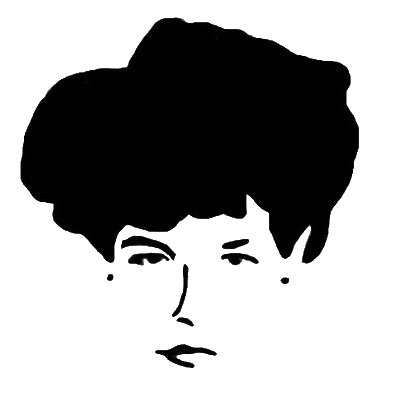Roger, incredibly, stepped out of his apartment in 2005 wearing the first top hat, its brim of felted beaver fur slowly replaced, in the seven inches between its extremes, by silk plush, met with resistance by the base’s attachment to beaver, a hat invented by god-knows-who as a defensive response to science’s announcement that it had created mice with small amounts of human brain cells. It was such a big deal that he was arrested for disturbing the peace.
Yes. Yes, some people liked the hat and cheered, but others didn’t and booed. It caused quite a commotion: horses bolted; a kid was thrown into a wall and broke his arm. Basically, his hat would want the same environment that he would: absolute protection of his probable neurological disorder from appropriation by a rodent morally corrupt enough to volunteer in four-hour shifts for Israeli airport security.
Anyone familiar with the particularity of this year, characterized as it was by the advent of celebratory confetti, by the dwindling possibility of seeing a reasonable person riding a Segway, by the stupid image montaged from a poor memory of American history of women in exaggerated dresses somehow walking through what were certainly shit-filled streets, will wonder how the hat stayed on Roger’s head despite the hurricane, which could not possibly have left thousands of prisoners trapped starving in chest-height sewage while one man elsewhere walked calmly to pick up a bagel from the third nearest bodega. But the US is big, and with careful posture, it remained unmoved. Surely, someone nearby lay under a blanket, silently vomiting; someone watched Roger from their first-floor, curtainless windows, masturbating indifferently; Roger certainly outpaced someone distracted by composing the perfect text message (though the top hat, unlikely as it may seem, predated the IPhone). Still, enough were shocked by the accessory to merit the intervention of the NYPD, who deny the existence of quotas for this category of arrest.
Evidently, there were hats before people wrote down historical events. We know this to be true. And yet the hat seems historical, having been predominantly worn by people who are now dead. It occurred to Roger that most of the world’s pants were worn by the long-since-passed, most boots, most eyeglasses: surely, we are all already dressed as ghosts dressed. Even worse: most love was loved by the now dead, most drugs snorted, etc, there was now no denying, jesus, the anxiety betrayed by his hat’s height. The goofiest hats are for men. Have you seen those crazy hats with a couple of cans of beer and the tubes that come down so you can drink them, or the cheese hats of the Green Bay Packers? Men will put anything on their heads.
When Roger was about eight years old, he went up into his grandma’s attic one day and found a little bonnet and a red plaid dress in a trunk. It looked like something he’d seen in history class. He took it right down to grandma to ask her about it. She said, “That’s the dress your great aunt wore when Lincoln’s funeral train came through Syracuse.” When he put it on, he was more than seven feet tall.
What is America known for? How many hats would a woman wear in a day? Did hairstyles and hats interact? What was the appeal of wearing an entire bird? Does Roger ever wear the hats in his collection? Well, with an early hat, there will never be another one exactly like it. In other words, he developed a sense of responsibility.
